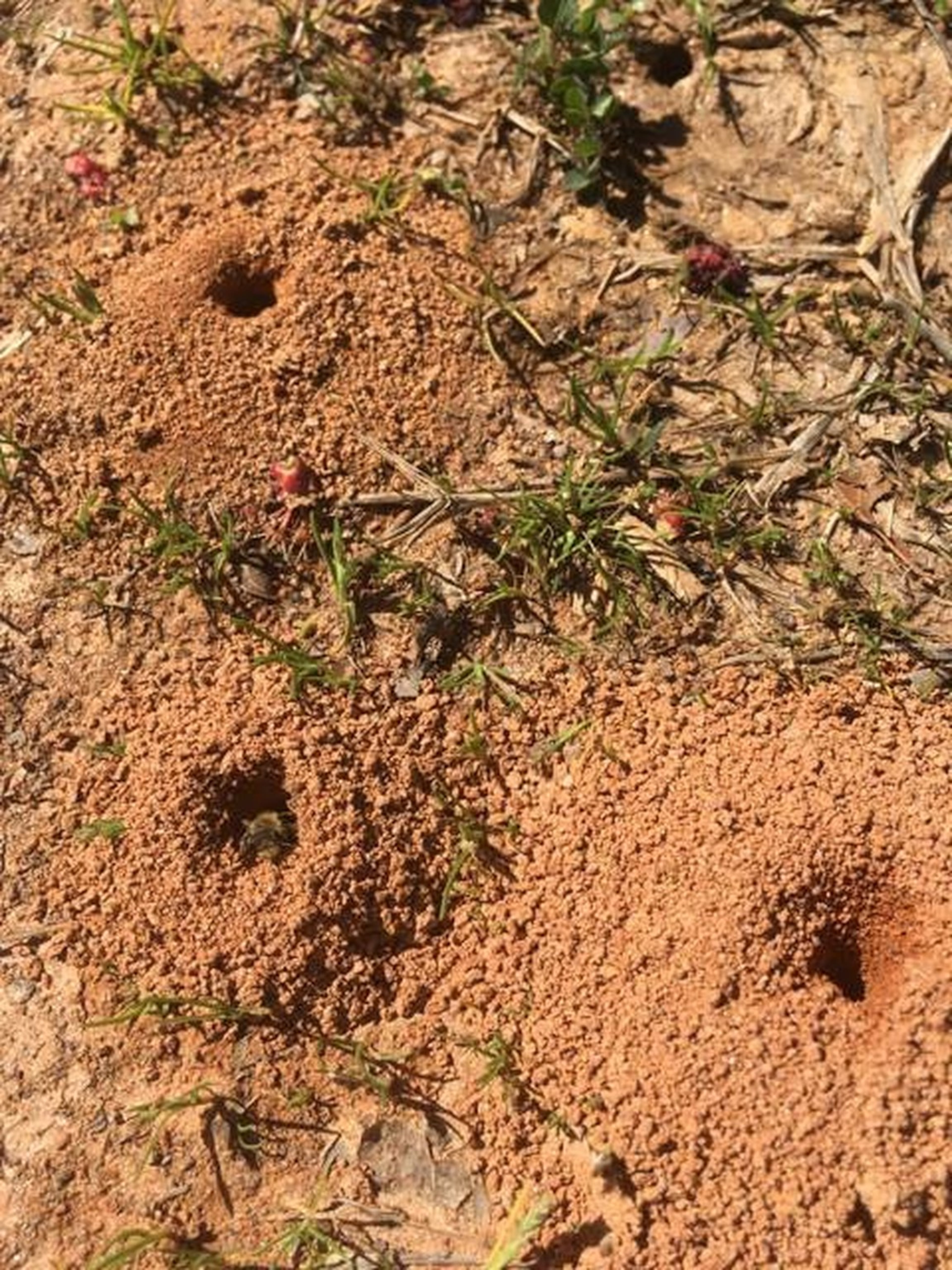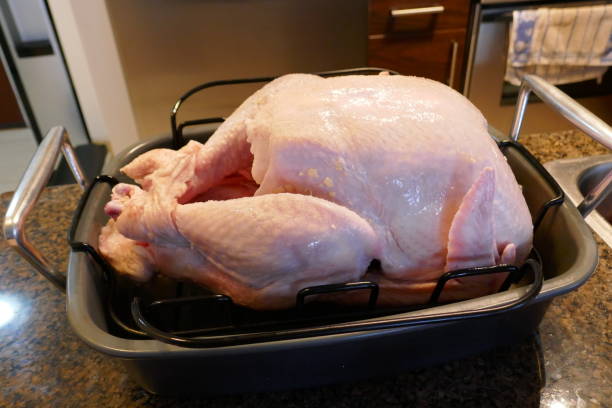All hail the bee

There has been quite a buzz over bees in the last few months.
In mid-March, freeze warnings in the state prompted the Georgia Department of Agriculture to issue a statement about the impact of frigid temperatures on fruit crops. Open flowers and emerging buds were at risk, but so were what Georgia Agriculture Commissioner Gary W. Black called “the unsung hero of our blooming crops”: the honeybee.
“Any damage to the flowers of the crops will ultimately disrupt the cycle of the honeybee, which is so crucial to our produce industry,” said Black.
Crucial, indeed.
Just a week later, the rusty patched bumblebee was placed on the federal endangered species list. It was the first time a bumblebee species in the U.S. received protection under the Endangered Species Act.
Can you imagine life without bees?
Yeah, it hurts to be stung, but bees do make the most heavenly, natural sweetener on the planet. When you pause to consider, it is fascinating how the flavor of honey changes from season to season and place to place. (We talk about terroir with wine, but it’s true for honey, too). Yet bees do far more than produce the nectar of the gods. They play a critical role in the big picture of agriculture. More than two-thirds of the world’s crop species rely on pollinators.
So, the short and not so sweet is: no bees, no food.
Folk like those at the Pollinator Partnership have been actively protecting pollinators for some time. Founded back in 1997, its mission is to promote the health of pollinators through conservation, education and research. Its website, pollinator.org, is a fine resource for those looking to understand the plight of pollinators and what stresses them out — parasites, pesticides, bacterial diseases, nutrition and hive management, to name a few. The Pollinator Partnership is also the force behind National Pollinator Week, which occurs this year on June 19-25.
But more people nationwide are jumping on the bee rescuer bandwagon. February saw the launch of the Bee Friendly Food Alliance when a collective of chefs, restaurant owners and other culinarians from around the country joined environmental advocacy organization Environment America to bring attention to the importance of bees in the food supply and to call on the Environmental Protection Agency to ban pesticides harmful to bees.
Even a cereal company got involved. Cheerios began a campaign to save bees in March. It sent free wildflower seeds to anyone who signed up on its website. The goal was to give away 100 million seeds. Cheerios ended up mailing more than 1.5 billion seeds. Because what is Honey Nut Cheerios without the honey?
Locally, Georgia Tech has been doing its part to advocate for bees since 2013, when it launched its Urban Honey Bee Project. The university maintains hives on the rooftop of one of its buildings on campus and also at community gardens around Atlanta: at Piedmont Park, Zoo Atlanta and a farm near the Westside Beltline.
Its interdisciplinary undergraduate research and education program focuses on the impact of urban habitats on honeybees, and that has attracted faculty members and students from a number of departments, said program director Jennifer Leavey.
She cited mechanical engineering professor David Hu, who studies how bees clean themselves. His findings, she said, could translate to a design to keep micro- and nano-structured surfaces, such as solar panels, clean. Understanding the intricacies of his research is far above my pay grade, but go Professor Hu!
Then there is that group of computer science majors working to develop a smart hive to help beekeepers monitor hives remotely instead of having to suit up from head to toe.
Georgia Tech is also one of 28 Bee Campus USA-certified colleges around the country. Bee Campus USA is a national program that fosters the well-being of pollinators at higher learning institutions. (East Georgia State College in Swainsboro is the only other Bee Campus USA-certified institution in Georgia.) Leavey said that the educational component for achieving and maintaining this certification — such as posting informational signage on campus and developing an integrated pest-management plan safe for pollinators — has come in handy for dealing with bees on campus.

For example, this past March, the university had a minor run-in with miner bees. A bee native to Georgia, the miner bee builds its nest in the ground. Yet those nests look an awful lot like ant hills. Were it not for understanding that bees, not ants, were the creatures creating a mound on the ground in a parking lot, the facilities and landscape crew might have taken action that would have killed the winged insects. Because of their bee knowledge, “people on campus knew who to call,” Leavey said.
So chalk up a win for the Yellow Jackets and their “cousins.” Because there have been losses.
Georgia Tech is in its fifth season of keeping bees, yet last year the school lost three of its four hives to the varroa mite, a parasitic mite that has become a fear factor for bees. The university has fought back with thymol, a natural (as opposed to synthetic) pesticide. But the war rages on.
While all those techies at Georgia Tech strive to keep their remaining hive on campus alive, another person in Atlanta is singlehandedly managing 100 hives.
Steve Esau is the man behind Little Bee Project. His plans are not little. But it started out that way.
Esau began beekeeping in 2011 with two hives in East Atlanta. Esau is one of those sorts of persons who seems to have a caretaker gene. He grew up on a farm. His degree is in animal science. “Keeping bees has always come easy to me,” said the native Kansan who moved to Atlanta in 2001. “I care for them as livestock.”
What started out as two hives quickly grew to 10, then 25, and now to 100. If you want to know how to manage a colony, Esau is the one to talk to — as he speaks with local beekeeping groups as part of maintaining his certification with the University of Georgia master beekeeping program.

Esau manages hives in urban Atlanta, as well as in Chattahoochee Hill Country and on farms near Tyrone and McDonough.
By day he works in marketing for Tyson Foods, but in his spare time Esau is all about the bees. When I spoke with him in early May, he was preparing to move a hive because the area surrounding it would soon be under construction. Esau wasn’t thrilled to move the hive for a number of reasons.
Rain was in the forecast, which makes for jittery bees.
“Their senses are more in tuned than ours to weather conditions and pressure change,” he explained.
Plus, the work was going to be arduous. “The hive weighs the most that it will at any time of the year,” he said. “We are in the middle of the nectar flow. The hives are in their largest configuration. The population is the largest of any time of the year.”
We talked about the state of pollinators — his own colonies and bees across the country. “My winter losses tend to be less than the U.S. average and compared to most beekeepers,” he said.
Credit Esau with good hive management. But he also noted that the bees at his apiary, intown near Ormewood Park, ate very well. “As you look inside the Perimeter, those hives probably have the most diverse nutrition of any hive because of the diversity of plant growth,” he said. Stressors for those populations are less nutrition-related and more due to chemical exposure from lawn treatments and mosquito abatement programs, which have increased quite a bit, he said.
Tending to bees does take work. There is always the risk of getting stung. But beekeeping is rewarding, Esau said, and not just for the 4,000-plus pounds of honey he harvests annually. “Bees are needed for the good of the environment,” he said.
Thinking about getting into beekeeping yourself? “It’s a good time to be a beekeeper,” Esau said. “Ten or 15 years ago, if you would put a hive in your yard, you would have neighbors complaining.”
And apart from having become a more common hobby, it’s not that expensive to get started in beekeeping, compared to something like backyard chicken farming, Esau said. “You can get into beekeeping a single hive for between $500 and $700. And fixed costs go down as you have more hives.”
Remember, Esau started with two hives. Now he’s up to 100. That could be you.


